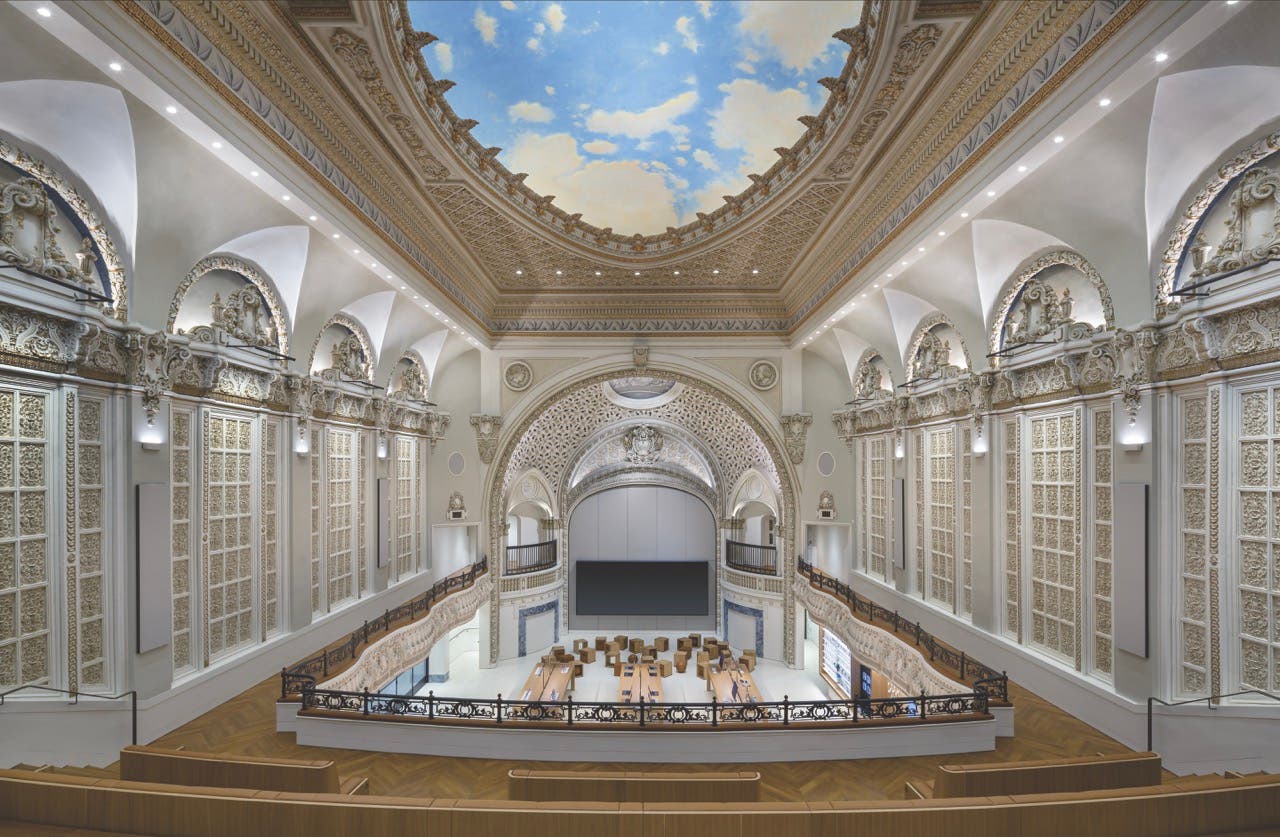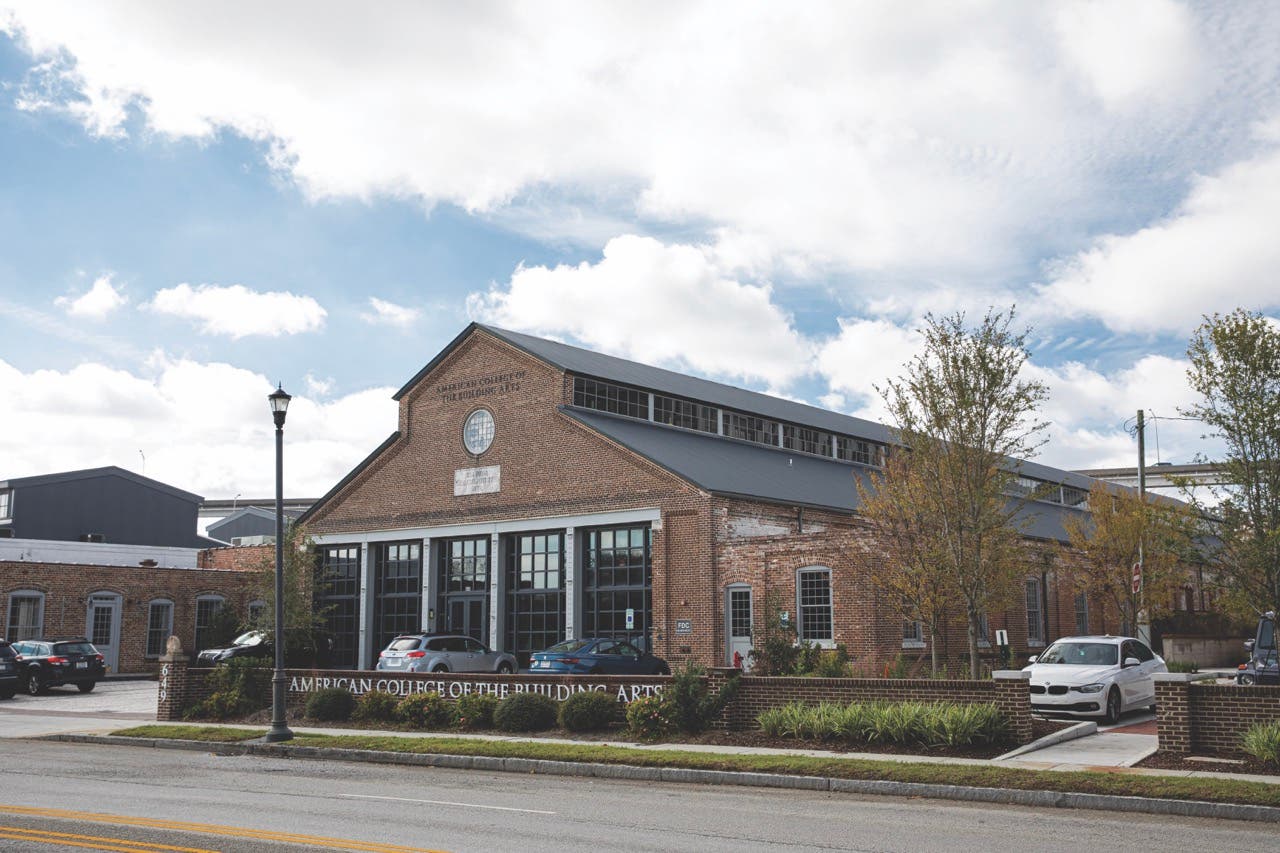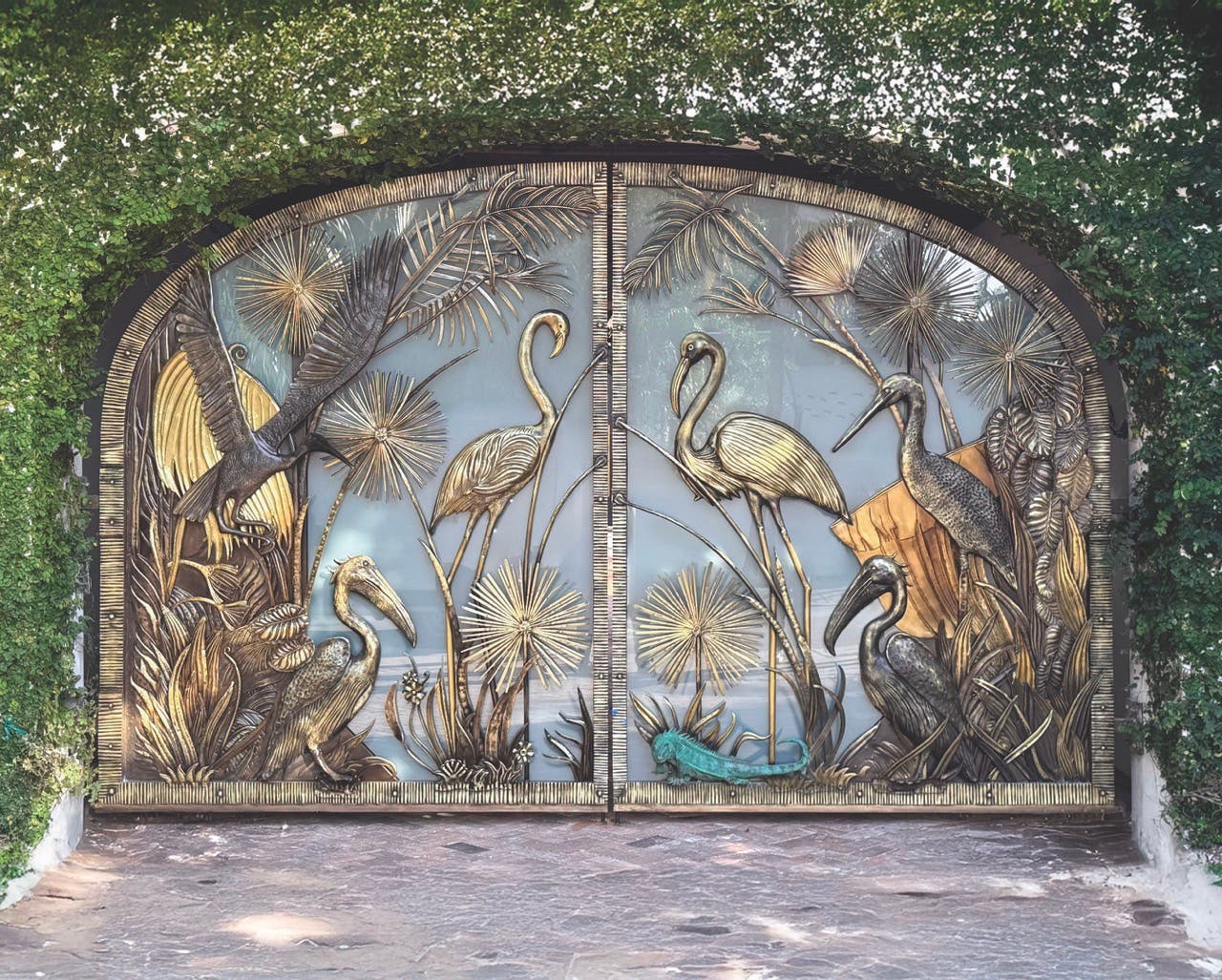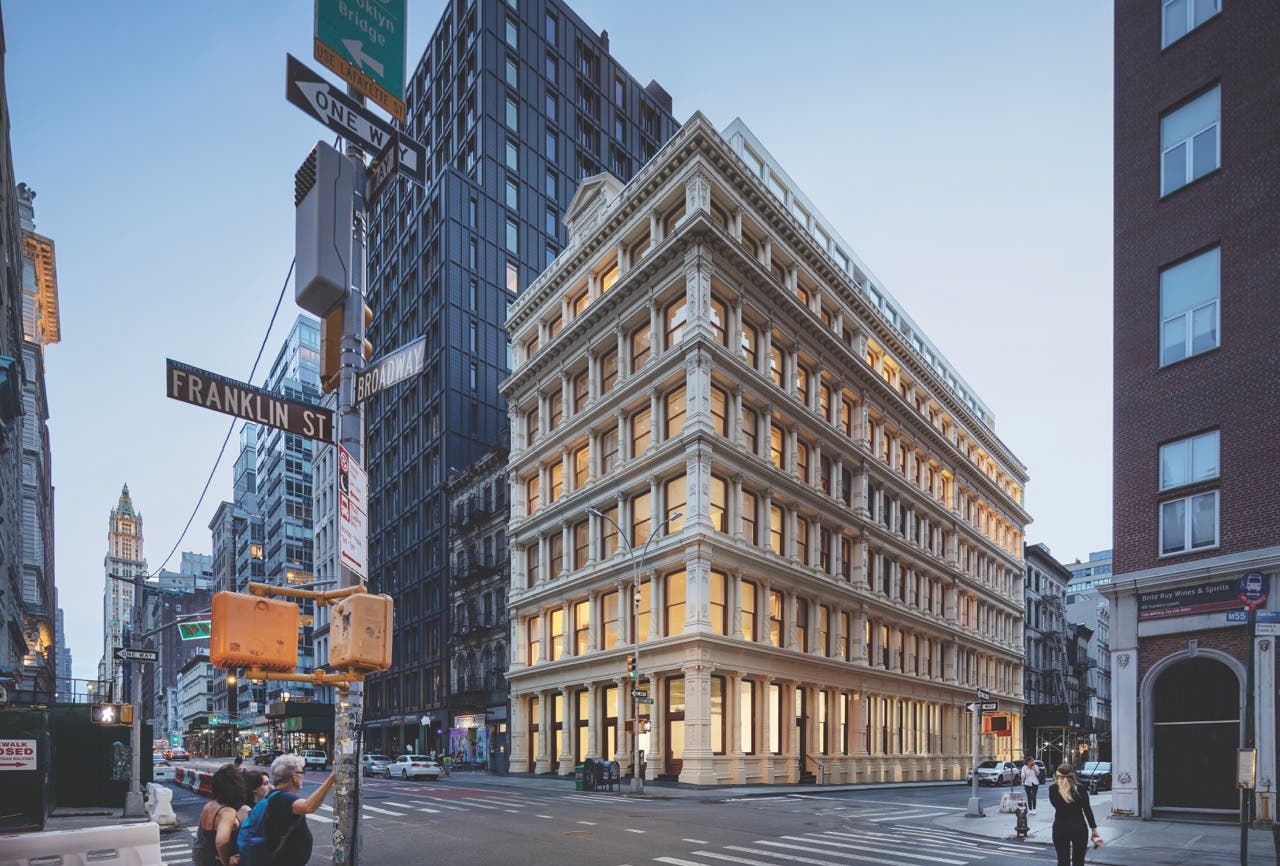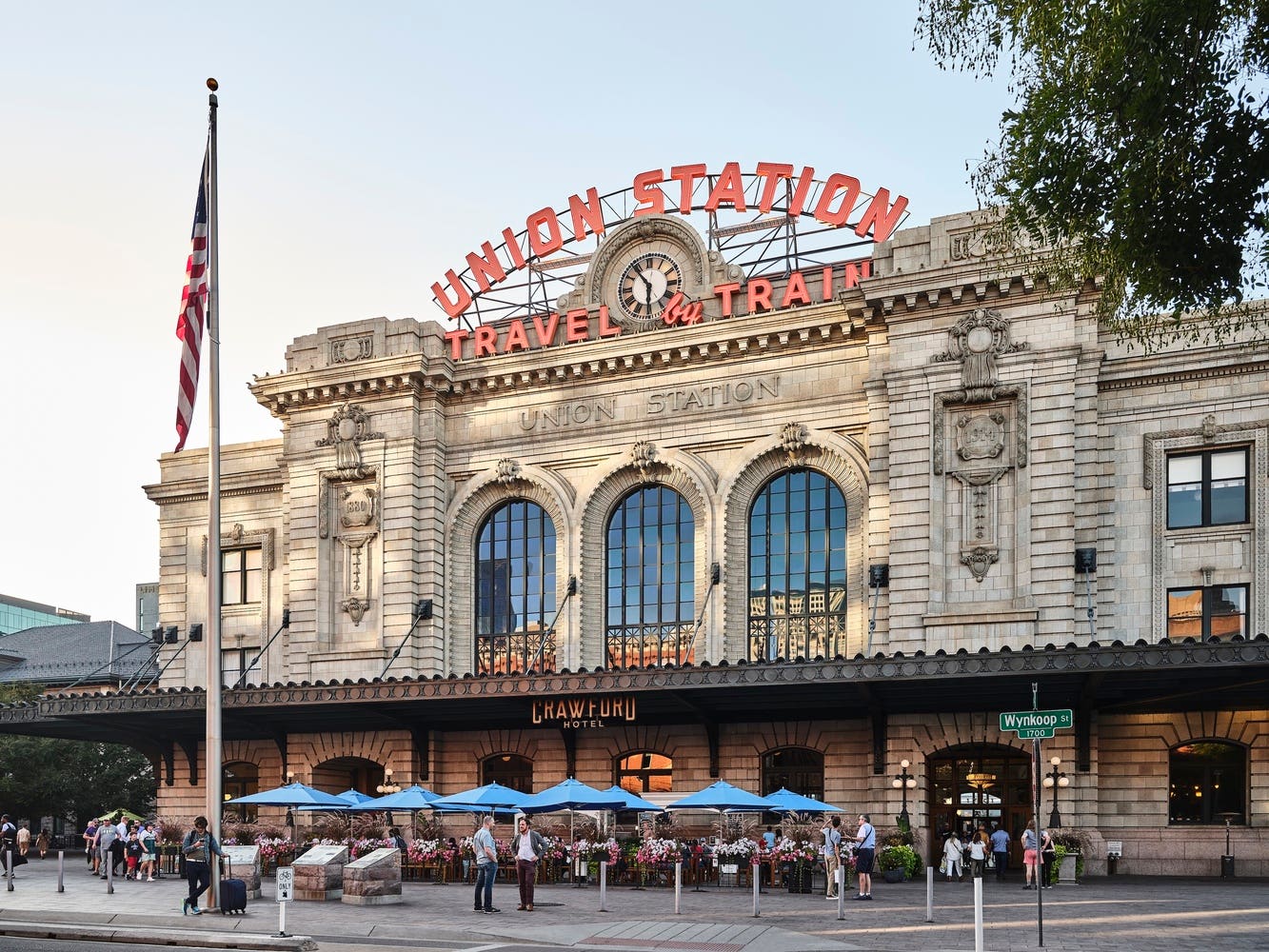
Features
Top Historic Courthouse Restorations in the U.S.
These courthouses have held some of the most important cases in U.S. history — and they’ve been restored to their former glory.
The courthouses of the U.S. have shaped the history of the nation in ways large and small. Often listed on the National Register of Historic Places, some of the most prominent courthouse buildings are also a hundred or even two hundred years old. That age calls for some major courthouse restorations.
From recreating original plaster details to gently cleaning a stone façade without ruining it to meticulously restoring original wood trim or marble walls, these courthouses have undergone extensive and impressive renovations. Read on to find out how the country’s top architects and restoration firms have restored these historic courthouses for generations to come.
New Haven County Courthouse
New Haven, Connecticut
When the state of Connecticut hired JCJ Architecture and Kronenberger & Sons Restoration to restore the New Haven County Courthouse in the 2010s, the then 100-year-old building had a crumbling facade in dire need of a facelift. To return the building’s exterior to its former Beaux-Arts glory, the team completed all sorts of repairs, from structural to decorative, focusing on the windows, skylights, roofing, stairs, doors, and masonry, all while courthouse operations went on unhindered. The team cleaned the limestone and marble with a special low-pressure misting system, replicated the marble volutes of the column capitals, replicated the original wooden doors, and restored, lead abated, and reassembled the historic windows, including the stained glass ones, among other tasks. The entire project took two years, and the interior is slated for restoration in the coming years.
Luzerne County Courthouse
Wilkes-Barre, Pennsylvania
For decades, the decorative painting and plaster at the Luzerne County Courthouse in Wilkes-Barre, Pennsylvania, built in 1906 in the Classical Revival style, were in desperate need of restoration, which was carried out by John Canning Co. in the 2010s. Since the 1920s, the finishes and materials in the grand south foyer had been periodically restored — but often incorrectly. The team at John Canning discovered the interior’s original color scheme, based on the Italian marble within, and used it to meticulously restore the dozens of painted panels decorating the foyer’s 53-foot-diameter dome and depicting presidents, state officials, and local leaders. Among the project’s other goals were the preservation of the building’s decorative plaster, wood, architectural gilding, and ornamental bronze features. They completed the whole project in around six months while the courthouse remained active.
Conrad B. Duberstein U.S. Bankruptcy Courthouse
Brooklyn, New York
Built in 1891, the Conrad B. Duberstein U.S. Bankruptcy Courthouse is a functioning post office and courthouse in downtown Brooklyn. In 1999, GSA (General Services Administration) purchased the historic building, listed in the National Register of Historic Places, and undertook an extensive interior restoration that included adding an interior atrium with new skylights along with restoring the building’s plaster, stone, windows, and doors, and adding three new courtrooms. And in 2013, the six-year exterior restoration of the building was completed by Goody Clancy architect and restored 75,000 square feet of granite and terracotta, replacing almost 16,000 pieces of terracotta, all while the Romanesque Revival building remained functional. The project won a 2014 Lucy G. Moses Preservation Award from the New York Landmarks Conservancy.
Harris County Courthouse
Houston, Texas
Completed in 2012, the restoration of the grand Harris County Courthouse in downtown Houston, Texas by PGAL and Architexas took seven years, cost over $50 million, and restored the building to its original 1910 glory — and beyond. Much of the restoration involved undoing the work of a 1950s renovation to the building, which had added in floors to every level of the central rotunda and to the previously open two-story courtrooms on the third floor. The project also restored the building’s original plaster work, cast-metal lamp posts, entry staircases out front, exterior mahogany windows, and terracotta tiling and balustrades. They used just one piece of trim with its original finishing, found during the demolition, to replicate all stained wood elements. Along with restoring the historical elements of the building, listed on the National Register of Historic Places, the project also renovated secondary spaces to include modern technology like accessibility, fire safety, and sustainability measures.
Federal Building & U.S. Courthouse
Milwaukee, Wisconsin
In the ‘60s, a cleaning effort gone wrong at the Federal Building & U.S. Courthouse in Milwaukee, Wisconsin led to the accelerated exfoliation of the Romanesque Revival building’s façade, made of Maine granite. So in 2018, the GSA commissioned Mills + Schnoering Architects to restore the façade of the building, completed in 1899. The project’s main event was exfoliation of the building’s granite — for years, the turrets had to be covered in netting so pieces of damaged stone wouldn’t fall onto the street below. The Mills + Schnoering team used a gentle yet effective sponge jet method to remove dirt and loose exfoliated stones from the building, revealing a newly clean — and safe — façade. The project took two years and also included taking care of water penetration in the roof and cracking in the stone.
Old Courthouse
St. Louis, Missouri
Starting in 2021, the historic Old Courthouse in St. Louis, Missouri underwent an extensive four-year renovation, reopening to the public in spring 2025. No longer a functional courthouse, the Federal style building, first built in 1828, is now a museum. In the 1800s, it was home to some of the most famous cases in US history, including the Dred Scott case of 1846 during which the enslaved Scott sued for his and his wife’s freedom, and Virginia Minor’s 1872 case, which followed Minor’s attempt to vote in a St. Louis election. Repairs to the courthouse included restoring the historically significant windows, doors, flooring, and decorative elements. Once home to 12 courtrooms, the building now has just two courtrooms in period presentation: Circuit Court #13 in the style of 1910, and Circuit Court #4 with an 1850s appearance. The building has plenty of other historical exhibits now, newly opened to the public. The project was part of the city’s multi-year CityArchRiver project to revitalize the Gateway Arch National Park grounds.




